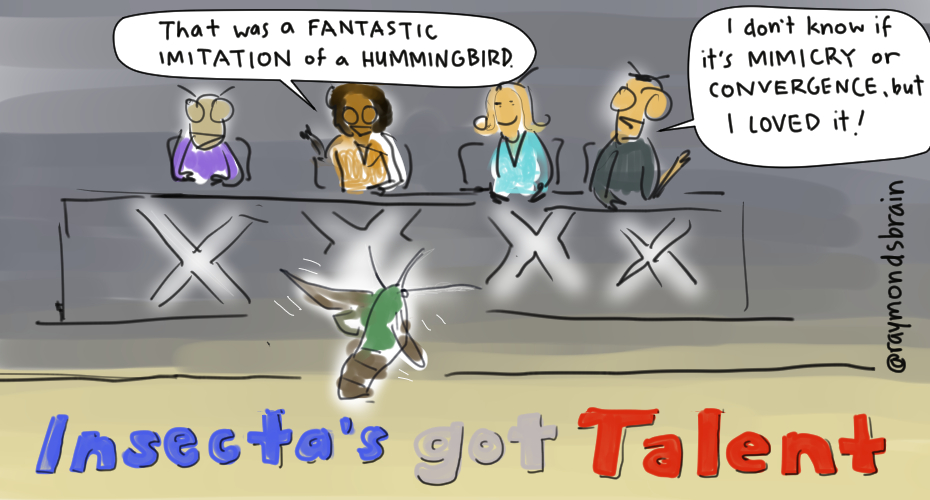In this activity, students make a feeder to attract Hummingbirds.
Hummingbirds satisfy their water and energy needs by feeding on nectar from flowers using a long extendable tongue and catching insects on the wing for protein and minerals. In British Columbia, Rufous Hummingbirds may also lap tree sap after a woodpecker or sapsucker has made holes. This food source may be critical in early Spring, if birds return from southerly migrations before many plants are in bloom.
Brightly-colored flowers that are tubular hold the most nectar, and are particularly attractive to Hummingbirds. These birds use their tongues, which stretch to 2/3 of the length of their body, to reach the nectar deep inside trumpet shaped flowers. When they pull their tongue in, it wraps aound their skull, over their brain!
A flower's petals attract pollinators through their colours, scent, and even warmth. Plants that use birds as pollinators tend to have flowers with red/orange petals and rarely develop a scent (few birds have a sense of smell).
The features of a flower that attracts a particular species towards it is called a pollination syndrome, as over 80% of the living flowering plants rely on pollinators for their survival. Hummingbirds birds spread pollen caught in face and chest feathers from plant to plant. Pollination plays an important role in our everyday lives, as over 80% of the living flowering plants rely on pollinators for their survival.
As a tiny, fast bird, hummingbirds have a metabolism that burns a lot of calories. These birds require frequent feeding while active during the day and become torpid (a state like hibernation) at night to conserve energy.
To get enough food, a hummingbird has to eat a lot quickly, they may feed at a rate of 3-13 laps a second. A hummingbird eats about half of its body weight in sugar daily and may have a meal up to every ten minutes!
Students may make a feeder to attract hummingbirds. The feeder is made out of a 500 mL bottle hung upside-down with a bottle lid nectar-catcher underneath. As the catcher lid empties, sugar syrup "nectar" flows from the bottle into the lid to keep it full.

SAFETY TIP: At least one a week , empty the old nectar out of the feeder, clean the feeder with soap and water and refill it. This prevents feeding birds from becoming sick from fungus which can grow in warm sugar water.
 copy.jpg)


